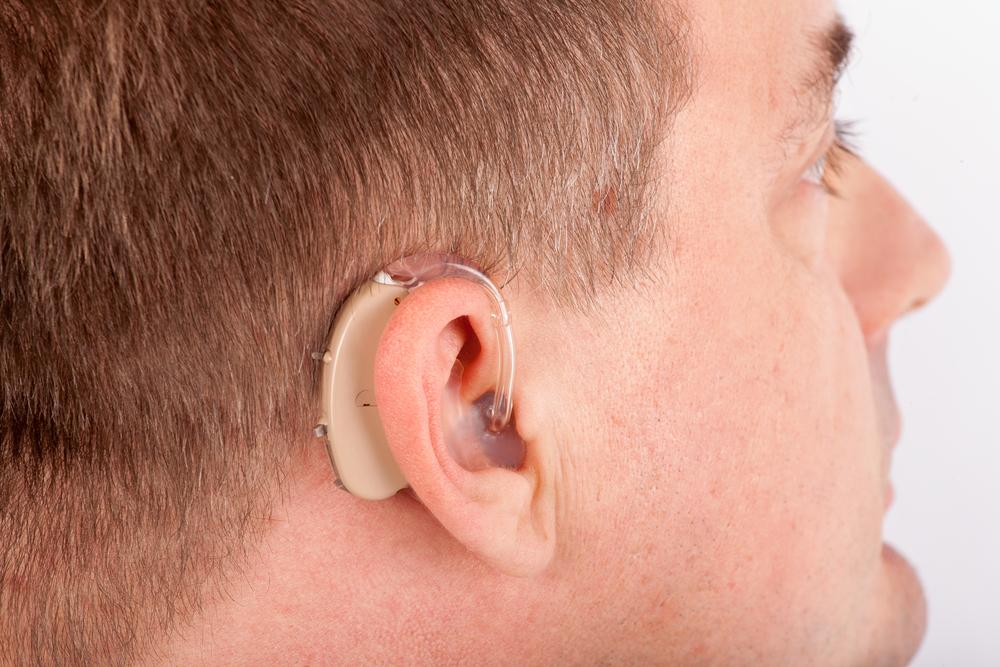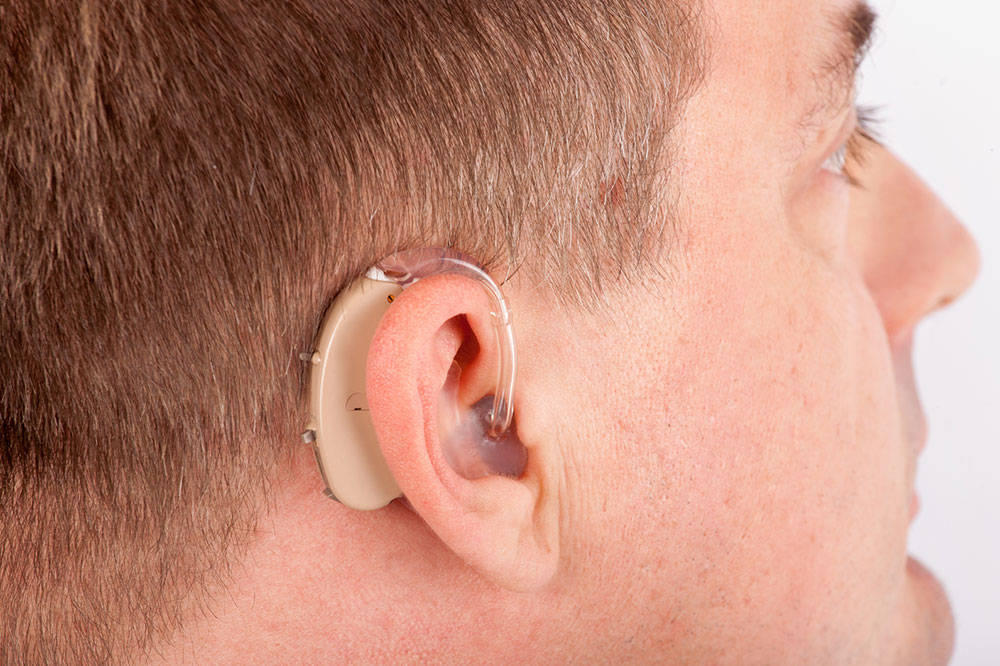Guide to Choosing the Ideal Hearing Aids from Specsavers
Discover expert tips on selecting the perfect Specsavers hearing aids, including hearing assessments, lifestyle considerations, and fitting options. Learn about various models, budgeting tips, and adaptation training to ensure optimal hearing support tailored to your needs. Make informed decisions for better hearing and improved quality of life.

Guide to Choosing the Ideal Hearing Aids from Specsavers
Specsavers, a renowned British optical and hearing device provider, is recognized worldwide for its reliable services. Customers benefit from complimentary hearing assessments with no obligation to purchase. Their hearing aids come with comprehensive post-purchase support, including free batteries for up to four years, a 90-day satisfaction guarantee, and ongoing free aftercare appointments.
Follow these essential tips to select the most suitable hearing aid tailored to your hearing loss severity, lifestyle, and budget.
Take a hearing test:
Specsavers offers free hearing evaluations that help determine your level of hearing impairment. An audiologist conducts thorough tests and identifies your specific hearing loss type.
Assess your lifestyle:
If hearing aids are necessary, inform your audiologist about your daily routines. This helps determine the hearing aid features needed for your environment, durability requirements, and optimal fit for your activities.
You can choose from various Specsavers hearing aid options, including:
Completely-In-Canal (CIC) devices custom-molded inside your ear canal
In-The-Canal (ITC) models partially fitting into your ear canal
In-The-Ear (ITE) styles, available as full-shell or half-shell options
Behind-The-Ear (BTE) devices resting behind the ear and hooking around it
Receiver-In-The-Ear (RITE) models similar to BTEs but with an additional speaker
Invisible hearing aids that are discreet and placed inside the ear canal, using advanced technology
Consider your budget and ease of use:
Prices range from approximately $1,500 to over $4,000 depending on features and technology. For those less comfortable handling small devices, in-ear models requiring frequent battery changes might not be ideal.
Identify your needs:
If your daily activities are simple, basic models may suffice. For demanding work environments or active lifestyles, explore advanced options with enhanced features.
Request a demonstration:
Select a hearing aid after testing different options to ensure comfort and suitability. Experience how each model functions before making a decision.
Allow time to adapt:
If you’re new to hearing aids, give your brain time to adjust. Attend training sessions at Specsavers, follow audiologist guidance, and consider group or rehabilitation programs to maximize comfort and effectiveness. Proper training is especially important for older users transitioning to new models.
Ensure that your hearing aids meet your expectations to enjoy clearer sound quality once fitted and used outdoors.










